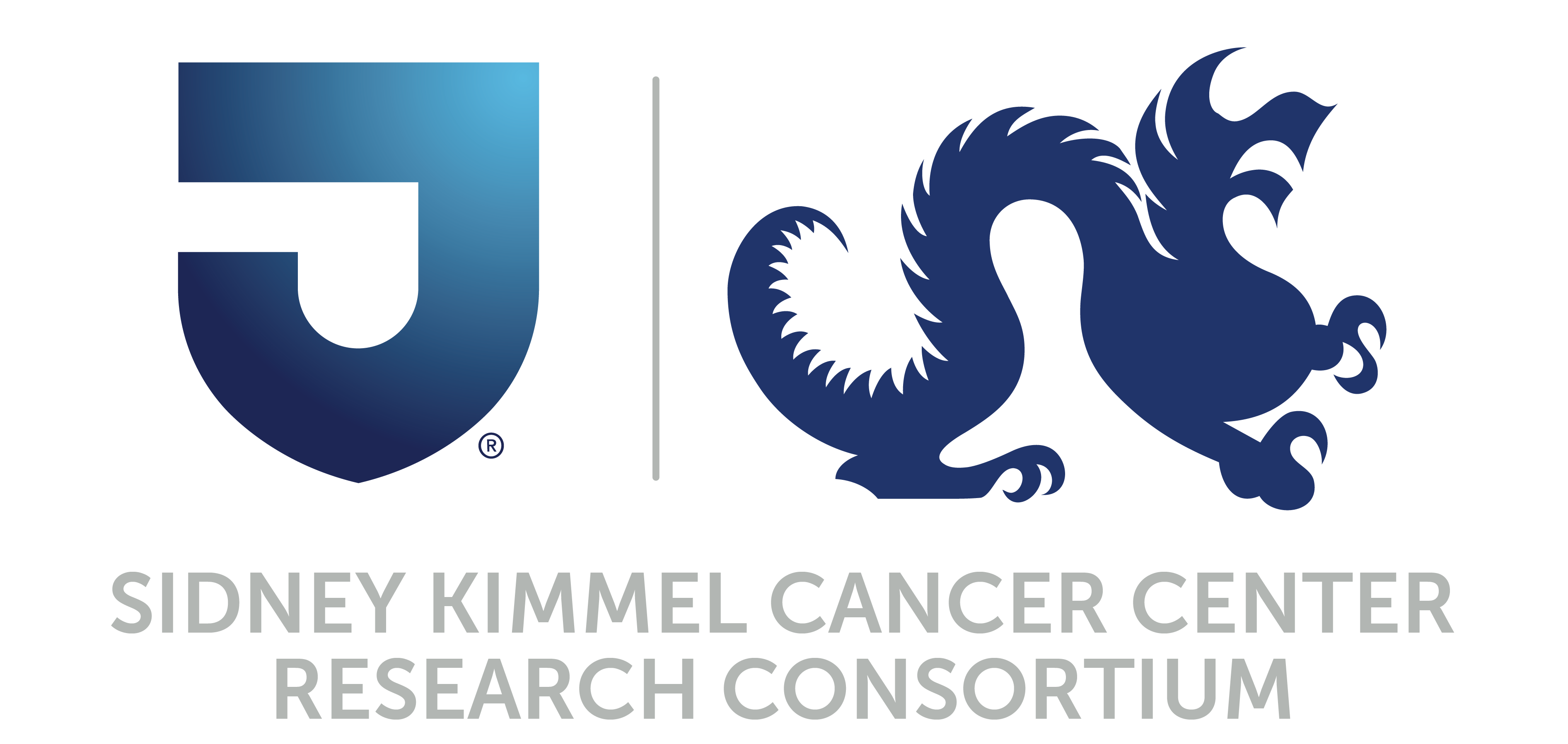- Advertise
- About OncLive
- Editorial Board
- MJH Life Sciences brands
- Contact Us
- Privacy
- Terms & Conditions
- Do Not Sell My Information
2 Clarke Drive
Suite 100
Cranbury, NJ 08512
© 2025 MJH Life Sciences™ and OncLive - Clinical Oncology News, Cancer Expert Insights. All rights reserved.
Dr Hafez on the Influence of Biomarker Expression on Adjuvant T-DM1 Use in HER2+ Breast Cancer
Maria Hafez, MD, discusses differences in biomarker expression prior to and following neoadjuvant chemotherapy treatment in HER2-positive breast cancer.
Maria Hafez, MD, assistant professor, Sidney Kimmel Medical College, breast and sarcoma medical oncologist, director, Breast Cancer Clinical Research, Sidney Kimmel Cancer Center, Thomas Jefferson University, discusses differences in biomarker expression prior to and following neoadjuvant chemotherapy treatment seen in the phase 3 KATHERINE trial (NCT01772472) in patients with HER2-positive breast cancer.
The KATHERINE trial evaluated the use of adjuvant ado-trastuzumab emtansine (Kadcyla; T-DM1) vs standard-of-care trastuzumab (Herceptin) in patients with HER2-positive breast cancer, who had residual disease following neoadjuvant chemotherapy and surgery. As previously reported, the study met its primary end point with a 50% decrease in recurrence or death with T-DM1 vs trastuzumab.
The latest update from the KATHERINE trial has provided valuable insights into biomarkers associated with response to adjuvant therapy for patients within this population, Hafez begins. The exploratory analysis aimed to identify biomarkers of response and differences in biomarker expression before and after neoadjuvant chemotherapy. This included the relationship between invasive disease-free survival (iDFS) and HER2 protein expression or gene amplification; PIK3CA hotspot mutations; and expression of PD-L1, CD8, predefined immune signatures, and Prediction Analysis of Microarray 50 intrinsic molecular subtypes, as classified by Absolute Intrinsic Molecular Subtyping, Hafez details.
Key findings from the biomarker data showed that treatment with T-DM1 improved iDFS compared with trastuzumab across most biomarkers, Hafez reports. High HER2 gene expression in residual disease was associated with worse outcomes with trastuzumab, but iDFS with T-DM1 was independent of HER2 expression level, she states. Additionally, low PD-L1 gene expression in residual disease was associated with worse outcomes with trastuzumab, but not with T-DM1. PIK3CA hotspot mutations were not found to be prognostic, and increased variability in HER2 expression was observed in post-neoadjuvant samples compared with paired pre-neoadjuvant samples, Hafez adds.
These findings have important implications for the selection of adjuvant therapy in patients with HER2-positive breast cancer and residual invasive disease after neoadjuvant therapy, Hafez emphasizes. This provide valuable insights into biomarkers that may help guide treatment decisions and improve outcomes in this high-risk subgroup of patients, she concludes.
Related Content:





